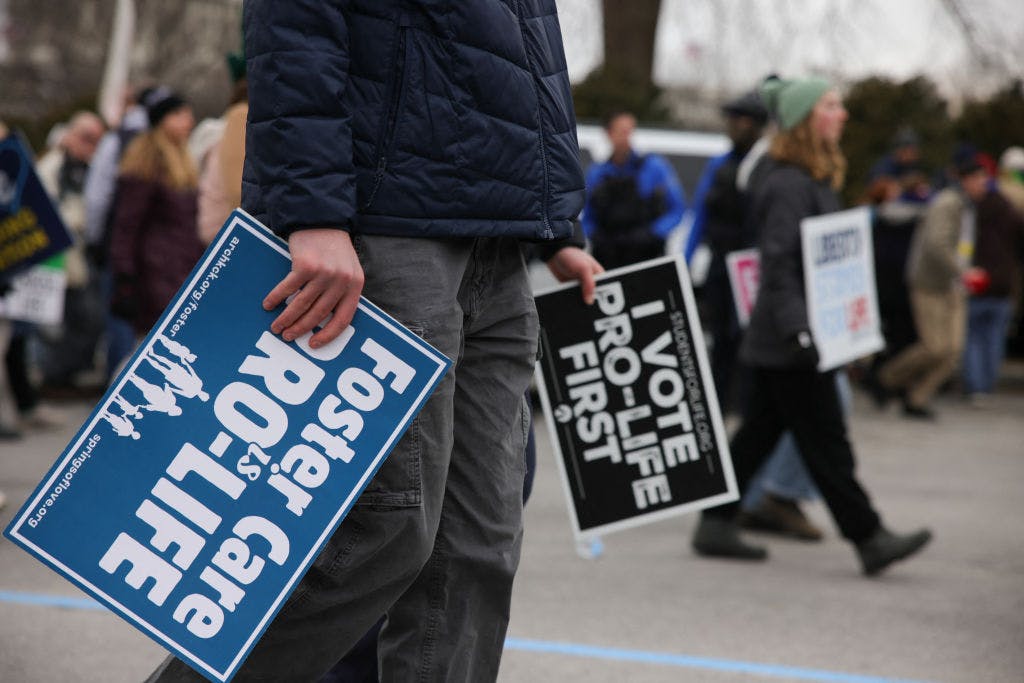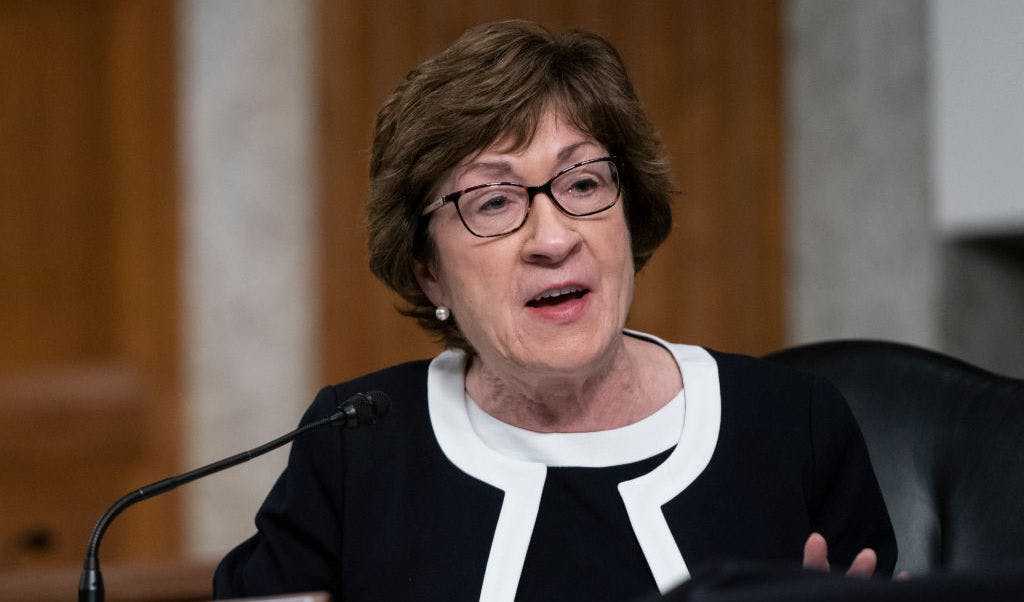
www.dailywire.com
Maine Voters Embrace Susan Collins The More They Learn About Graham Platner: Poll
Embattled Maine Senate candidate Graham Platner will lose the state’s Democratic primary to Governor Janet Mills, a new poll found.
EMILY’s List, which is supporting Mills in the primary, commissioned a poll from Impact Research that found Mills would lose to incumbent Senator Susan Collins (R) with just 42% of the vote. But that’s only when respondents were given “balanced information” about the candidates.
When “additional information” was given about the Platner — such as quotes from deleted social media posts where he called himself a communist, and his Nazi symbol tattoo — Collins’ lead climbs to 57%.
“The statements include quotes from Platner’s posts, including his history of stoking political violence, use of homophobic slurs, and offensive views towards law enforcement and sexual assault victims,” the memo stated.
The poll was taken among 700 likely voters from October 22 to 27, with a 3.7% margin of error.
The Cook Political Report currently ranks the race as a “toss-up.” The Republican won re-election in 2020 with 50.98%, compared to 42.39% for the Democrat, Sara Gideon.
Platner has remained in the race despite the wave of negative headlines and most recently spoke out against the Democrats who backed the deal to reopen the federal government, even calling on Senate Minority Leader Chuck Schumer to “step down.”
“We get nothing. No healthcare. No subsidies,” Platner posted to X on Tuesday. “This is not a ‘deal.’ It’s a surrender.”
The vote to reopen the government by Collins and other Senate Republicans, in addition to some Democrats, was the hot topic on the campaign trail in recent days.
“This short-term continuing resolution would reopen government immediately, provide back pay to all federal workers, and fund important federal programs on which many Americans rely,” Collins, who is the chair of the Senate Appropriations Committee, wrote on X.
Meanwhile, Mills said Collins “voted against extending ACA subsidies,” as an amendment to continue the Obamacare subsidies for another year was shot down by Senate Republicans.
“This vote is a betrayal of Maine people, and it will send health care costs through the roof. While I have fought to expand health care and to make it more affordable, Senator Collins and Republicans in Washington are doing the opposite,” the governor posted.
The Daily Wire reached out to the Platner, Collins, and Mills campaigns, which were not immediately available for comment. Democrat Jordan Wood dropped out of the Maine Democratic primary on Wednesday, instead opting to run for Maine’s Second Congressional District, which is now open due to Rep. Jared Golden’s (D-ME) retirement announcement. The seat is considered competitive, but is labeled by the Cook Political Report as “Likely Republican.”

















